When looking for tips on buying rugs, one piece of advice that you are likely to hear over and over again is that handmade rugs are superior to machine made rugs.
So what exactly is the difference between the two and why is a handmade rug a better choice than its machine made counterpart?
Read on to learn the differences so that you can make an informed buying decision.
Handmade Rugs
Handmade Persian rugs are created on a handloom, which is set based on the size of the rug that the artisan wants to create. There are primarily three types of handmade rugs and each one has its own unique characteristics.
Hand-Knotted Rug: In this type of rug, the fibers are knotted by hand and the loom size determines the rug size. The knots in the rugs are inserted into the base and then tied. These knots make the rug pile. It takes time to create these rugs and it is a labor-intensive task.
These rugs are usually made from natural fibers, like silk, wool, jute and cotton. Hand-knotted rugs are expensive, but are highly durable.
Flat Weave Rug: These handmade rugs are flat as they do not have a pile, which usually gives other rugs their thickness. Good examples of flat weave rugs are Kilim, Dhurrie and Soumak.
If you intend getting a flat weave rug it is advisable to place a rug pad under it to ensure it stays in place and also offers some amount of cushioning.
Hand-Tufted Rug: This rug made with the help of handheld drill that is used to insert the pile into a cloth base, forming a loop pile. If the loop pile is cut, it is known as cut pile.
A rug can have mix of loop and cut piles to give it more depth and dimension. The rug is finished by fixing a canvas-like fabric to the anterior portion of the rug.
Are Handmade Rugs Expensive?
There’s no denying that handmade rugs are more expensive than machine-made rugs of the same size. As you will see below, there are several factors that go into creating handmade rugs that justify the higher price.
Handmade rugs are more than just a type of decorative flooring. Each piece is a work of art created at a hands of a skilled weaver.
Depending on the size of the rug, a weaver may spend days, weeks and sometimes years completing each piece, making one knot at a time by hand. This is a laborious, time-consuming task, which is one of the reasons why handmade rugs are more expensive.
Handmade Rugs Are Unique
Another factor that increases the value of handmade rugs is that each piece is one-of-a-kind collectible. Every weaver draws inspiration from their culture, their own story and their surroundings to create unique patterns and designs.
Because different weavers are influenced by different factors, no two rugs look the same.
Because of the natural materials used and the way they are created, handmade rugs feel soft and cushiony under the feet, which adds to their allure. With proper maintenance these rugs will last a long time and are often handed down through the generations as a priceless family heirloom.
Handmade rugs appreciate in value as they get older, more so if they are well maintained.
Most rug owners do not mind paying the higher cost as they view their purchase of a handmade rug as an investment rather than a simple home décor accessory.
Handmade Rugs Are Eco-Friendly
Handmade rugs are definitely eco-friendly. They are made entirely from all natural materials such as wool, cotton or silk. No synthetic materials are used at all. Even the dyes are extracted from plant parts and other materials found in nature. The manner in which they are made also ensures that no effluents are released into the environment.
The entire process from beginning to end is clean and green. And because these rugs last for decades, there’s no need to throw it out and replace it with a new one, adding to the landfill.
Handmade Rug Language You Should Be Familiar
Just like everything else about handmade rugs even the language used is unique. Here’s quick look at some of the more fundamental terms used when talking about handmade rugs.
Warp & Weft
Every rug has a foundation which is composed of strong, durable threads that run its entire length and width.
The parallel series of threads that runs along the length is called the warp and the parallel series of threads that runs along the width is called the weft. The warp and the weft are stretched tautly around the loom to create a firm foundation for the pile.
The fineness of the weave is determined by the number of warps that are strung on the loom.
Pile
The pile refers to the density of fibers that lay on top of the foundation. Most Persian rugs have a wool or silk pile. The thickness of the rug is determined by the pile height, which is measured from the surface of the rug to its backing. Rugs with longer pile heights tend to be plusher.
In some types of rugs with more elaborate designs, the pile is deliberately cut short. This allows the every feature of the design to be seen more clearly.
Fringe
As the weaver reaches the end of the rug, they leave an extra length of thread trailing, When the rug is completed, the fringe forms a sort of natural decorative edge which is in fact an extension of the rug itself.
Knot
Every handmade rug is made up of a series of knots that are created one at a time by weavers. The number of knots per square inch is one of the major determinants in evaluating a handmade rug.
Rugs with more knots per square inch tend to be more expensive because of they look and feel more superior and also because they take longer to complete.
Machine Made Rugs
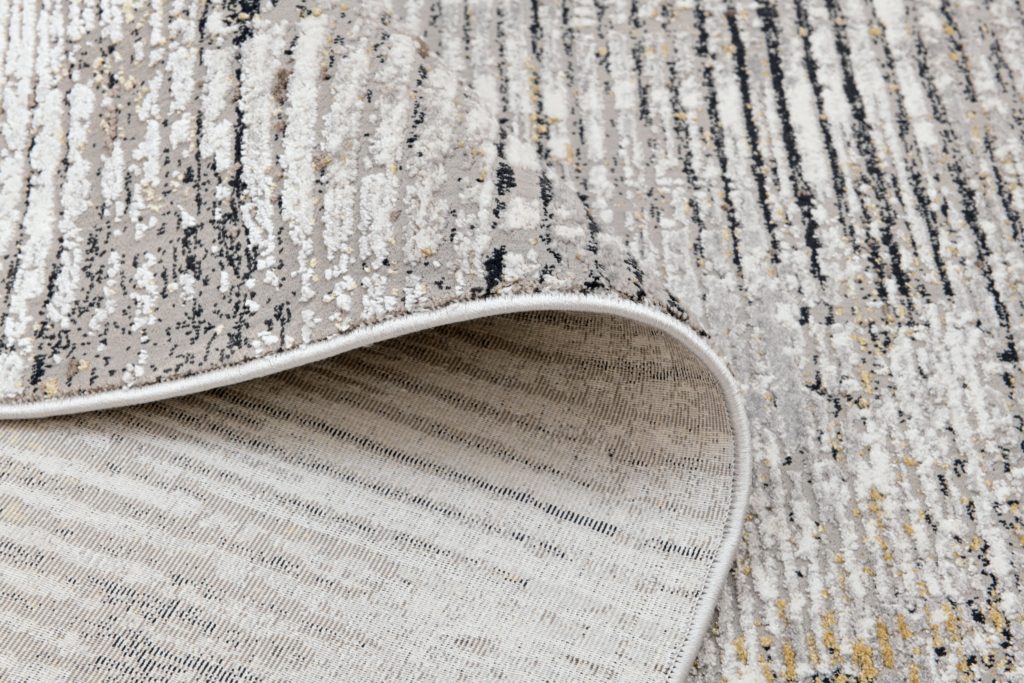
Typically, machine made rugs are made from wool or synthetic fibers, like acrylic, nylon, polypropylene, art silk and polyester.
How To Decide On What Handmade Rug To Choose
When looking for a handmade rug, you’ll hear a lot off discussions about Persian rugs and Oriental rugs. The first thing to understand is the difference between the two.
Only rugs produced in the region of Iran, which was formerly known as Persia, can be called Persian rugs. On the other hand, Oriental rugs produced in any of the Oriental countries including Afghanistan, India, China, Pakistan, and Iran. In other words, all Persian rugs are Oriental rugs but all Oriental rugs are not Persian rugs.
There are several aspects that set Persian rugs apart from Oriental rugs. Some of the characteristics of Persian rugs that are immediately noticeable are the wider palette of colors used as well as the larger array of motifs and elaborate patterns.
Also, Persian rugs are higher in quality in every way, from the materials and dyes used to the knotting techniques, complexity of the designs, and superior workmanship.
If you are looking specifically for a Persian rug, it’s important to stress this fact when you visit a rug store, whether online or offline.
What Are Handmade Persian Rugs Made Of
Persian rugs are made strictly from all natural materials, most commonly wool, cotton and silk. You can find Persian rugs using any combination of these three materials.
Most trial and village Persian rugs are made with a wool pile on a cotton foundation. Weavers obtain the wool from their own flock of sheep, which dictates the quality of the wool used in the rug.
Silk rugs are typically only seen in city rugs.
These rugs have higher knot counts because of the finer texture of the silk. They also take much longer to weave and are expensive than wool or cotton rugs.
What Are The Best Handmade Persian Rugs
Pinpointing the best Persian rugs can be challenging because they are all absolutely stunning! One of the biggest difficulties most rug buyers face is choosing just one or two from among the fabulous pieces available. Among the large range, there are five that have stood the test of time.
We’ve listed them below to make it a tad bit easier if you are looking for the best Persian rugs to adorn your home, office, or business space. You know you can’t go wrong with one of these.
Tabriz
It’s not surprising that Tabriz tops the list of best Persian rugs. The quality is unparalleled. These gorgeous rugs are created in large workshops by weavers who are hand-picked for their exceptional workmanship and weaving skills.
Tabriz rugs typically have intricate designs and high knot counts. Weavers can take years to complete each rug, making one knot at a time.
These rugs feature teardrop medallions, floral motifs and other botanicals beautifully arranged to create an array of designs. Traditional hunting scenes are another popular design.
Kashan
Known for high quality and durability, Kashan rugs typically have high knot counts with patterns created in vibrant, rich colors accented by brighter hues. The medallion and corner pattern woven on an elaborate floral field is a trademark design that sets Kashan rugs apart from other Persian rugs.
Heriz
Heriz rugs add warmth and color to any setting with their bright vivid colors, and large-sized central medallion framed by a multi-layered bordered and large corner motifs. Their dense heavy woolen pile gives Heriz rugs their famed durability.
Sarouk
Sarouk rugs are much loved for their attractive color palettes and versatile designs, which fit well into almost all types of interiors.
While all Sarouk rugs are popular, Farahan Sarouks stand out for their exceptional designs that usually feature an oversized medallion framed by curvilinear floral motifs laid out in an elaborate network.
Mashad
Mashad rugs are created from superior quality wool, which gives the finished product their famed soft, luxurious look and feel. A wide color palette is used to create an ornate field composed of curvilinear floral motifs, which acts as a backdrop showcasing a large, intricately designed Shah Abbasi medallion.
While we’ve only mentioned the five most popular types of Persian rugs, be sure to check out the fantastic array of rugs made in other regions in Persia that may be more suitable to your current décor.
How To Identify Handmade Persian Rug Designs And Patterns
Although Persian rugs feature a vast variety of designs, patterns, and motifs, there are a few components that are common in all of them. The uniqueness of each rug lies in the way the weaver combines the various elements within their creation and the colors they use. This is what sets each rug apart from all others.
These are among the most common designs and patterns used in Persian rugs:
• Medallion
• Floral
• Hunting
• Geometrical
• Boteh
• Open field
• Allover
• Birds
• Herati
• Garden design
• Tribal
• Forest
• Panel
When looking for a Persian rug for your home, don’t let the various design terms and terminology confuse you. The key is to consider your current décor and decide whether you’re looking for a rug that complements it or acts to contrast it.
Does The Age Of Handmade Persian Rugs Matter
Well, yes and no. it depends on what you are looking for and your purpose of buying a rug.
If you are looking to buy a Persian rug as an investment, it’s best to buy a vintage or antique rug. A vintage rug is one that is over 30 years old and an antique rug is one that is over 100 years old. These rugs will cost you more but they will hold their value and even grow in value as they get older. This is because Persian rugs get even more beautiful as they age provided that they are maintained well.
This does not mean that you should discount newer rugs completely. If you are looking for a Persian rug to enhance the ambiance of your home, you’ll find a large variety of newer rugs that cost considerably less but look just as gorgeous. With proper care, you will easily be able to hand it down to the next generation.
The Condition of Handmade Persian Rugs
Condition matters when it comes to Persian rugs. Fortunately, these rugs require minimal upkeep to stay looking good. Regular dusting and brushing is all that’s needed to prevent buildup of abrasive debris that can fray the pile.
Getting it professionally cleaned will help keep the colors looking bright. Keeping your rug away from direct sunlight, and excessive heat and dampness is just as important.
Handmade Persian Rug Colors
Persian rugs come in an endless palette of colors from subdues shades to bright, bold hues. The colors used vary from one region to another resulting in a riot of colors in every tone and shade imaginable.
All colors used in these rugs are obtained from natural dyes, which is why you’ll rarely see rugs with the exact shade. There’s almost always a slight variation in shade between two rugs from the same region.
What’s interesting with Persian rug colors is that each color has a different meaning. Reading about the meaning behind Persian rug colors can offer fascinating insight into deciphering the weaver’s intention behind choosing that particular color.
When looking for a Persian rug for your home, there’s no right or wrong color to choose from. The best Persian rug color for you will depend on your existing décor and color scheme as well as the effect you wish to achieve.
Handmade Persian Rug Shapes
Rectangular, square, round and oblong are the most common shapes you’ll find in Persian rugs. The best shape for your home will depend on where you intend to place the rug.
While a long runner rug will look good in the hallway, a smaller rectangular or round rug may be more appropriate in the kitchen, bathroom, kid’s bedroom or under the coffee table in the living room. You’ll need a larger rectangular or round rug if you want to place all of your living room furniture on the rug.
The best shape for your dining room will depend on the shape of your dining table. A rectangular rug is best for a rectangular table while a round rug will be more appropriate for a round dining table.
Different Handmade Persian Rug Sizes
Persian rugs come in an endless variety of dimensions. The right Persian rug size for your room will depend on your design goal.
Are you placing the rug in a large or small room?
Do you wish to tie the various elements of the room together or are you looking to separate elements in the room?
Will the rug be the focal point in the room or an accent piece highlighting some other furniture or design element?
Asking yourself these questions will help you determine the right size of rug for that particular space.
How To Differentiate Between Handmade And Machine Made Rugs
- The back of the rug of a handmade rug will be uneven and filled with knots. Machine made rug will be even and uniform, without any knots.
- In handmade rug, the fringe is part of the weave, but this is not the case with a machine made rug, where the fringe is manually sewn onto the rug to give it a finished appearance.
Why Opt For Handmade Rugs
If you want to buy a rug, it is always best to opt for a handmade rug even though you will pay more for it. There are many reasons why handmade rugs are a better choice:
- Handmade rugs are more durable and can last a lifetime.
- Each handmade rug is created with passion and creativity.
- Handmade rugs narrate a story as artisans use skills passed down generations based on their interpretation of life and the skills they have acquired.
- Unlike machine made rugs, handmade rugs are unique. No two rugs will be the same as it depends on the artisan.
- Handmade rugs epitomize workmanship and artistry. An artisan has to be adept in his craft to create these stellar pieces.
- A handmade rug will have minor imperfections, which give it character and uniqueness.
- Artisans use the best quality materials to weave handmade rugs.
What Price of Handmade Persian Rug Is Right For Me
Not only do Persian rugs vary widely in terms of shape, size, colors, and designs, they also vary widely in terms of price.
The price of each rug will be influenced by a number of factors including its size, complexity of design, time taken to complete the piece, age of the rug and its condition.
A large size with a complex design and in immaculate condition will cost must more than a smaller rug with a simple design. The materials used will also influence the cost, with silk rugs costing much more than wool or cotton rugs.
The good news is you’re sure to be able to find a rug that will fit your budget while also being the perfect fit for your space.
If you’re buying a rug for investment, it makes sense to pay more and buy an older Persian rug in good condition, which will increase in value as it gets passed down from one generation to the next.
Where To Get Authentic Handmade Rugs
The best place to get authentic handmade rugs is at Catalina Rug. Located in Torrance in Southern California, this rug store started off as a family-run business in Iran and continues to be managed by the third generation in the rug business.
With over 44 years of first-hand experience managing the rug store and an innate attention to details, Jeff Shadkam is an expert at evaluating hand-knotted rugs. Rose Shadkam has been associated with the rug business for more than 22 years and has earned a reputation for her exquisite taste and ability to choose the perfect rug for your space.
For Los Angeles residents, a visit to the Catalina Rug store is always a delightful experience with their treasure trove of quality hand-knotted rugs to choose from and a helping hand from the owners, Jeff and Rose.
No need to worry if you don’t live in Los Angeles though. Catalina Rug’s online store makes it easy to browse through their entire collection with detailed descriptions to help guide your buying decisions. Their outstanding customer service is always on hand to answer any questions or provide clarifications if you’re unsure about something.
Catalina Rug offers worldwide shipping so you can order your high quality handmade rug from anywhere in the world.
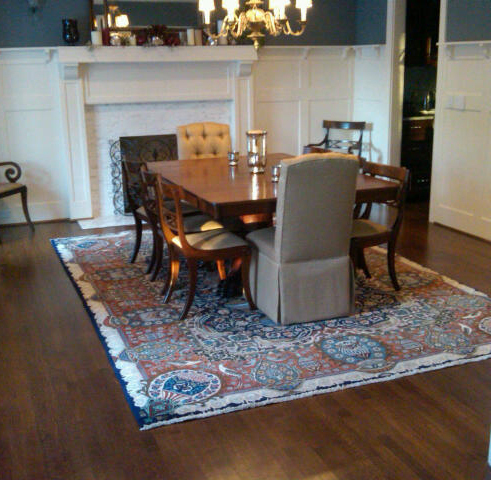
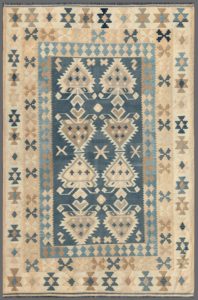
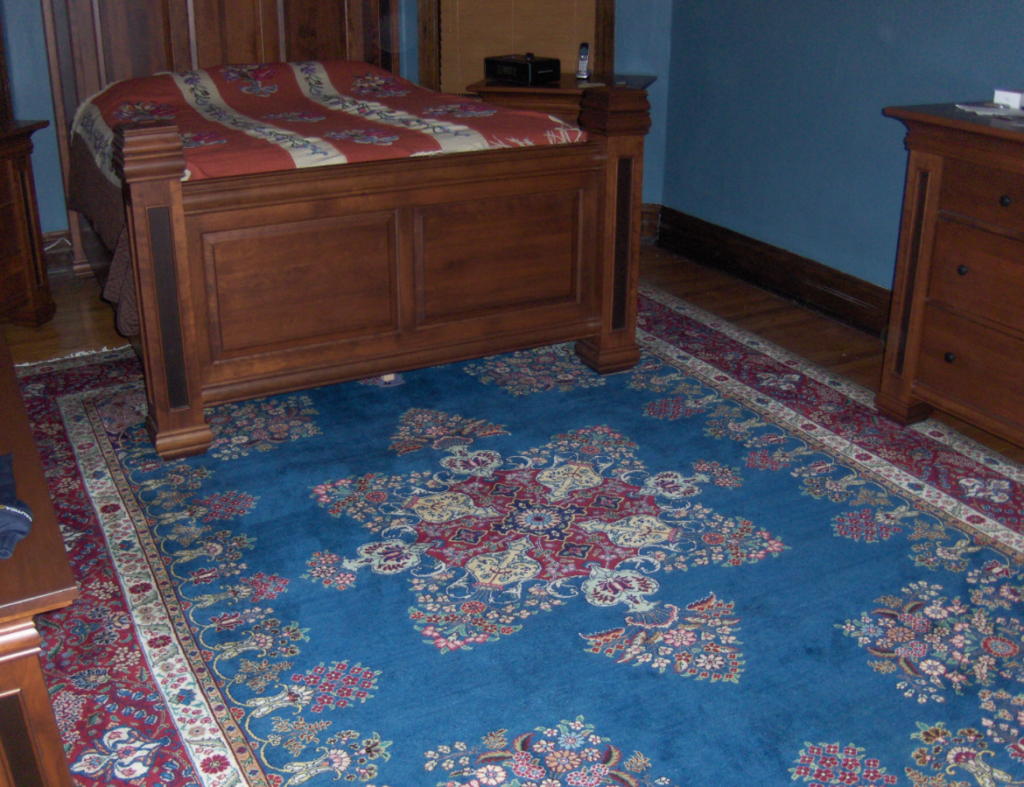
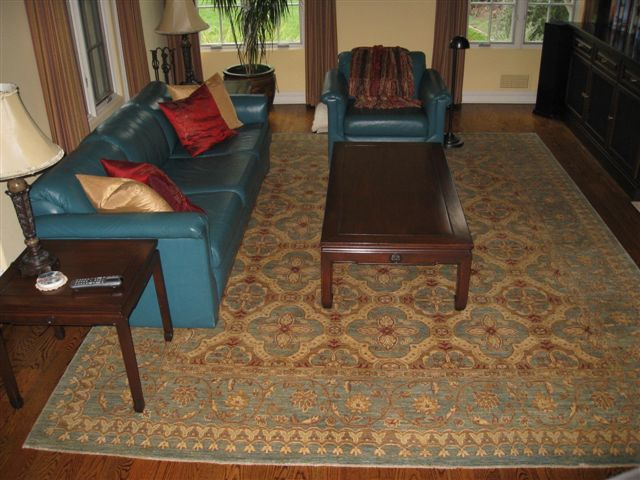
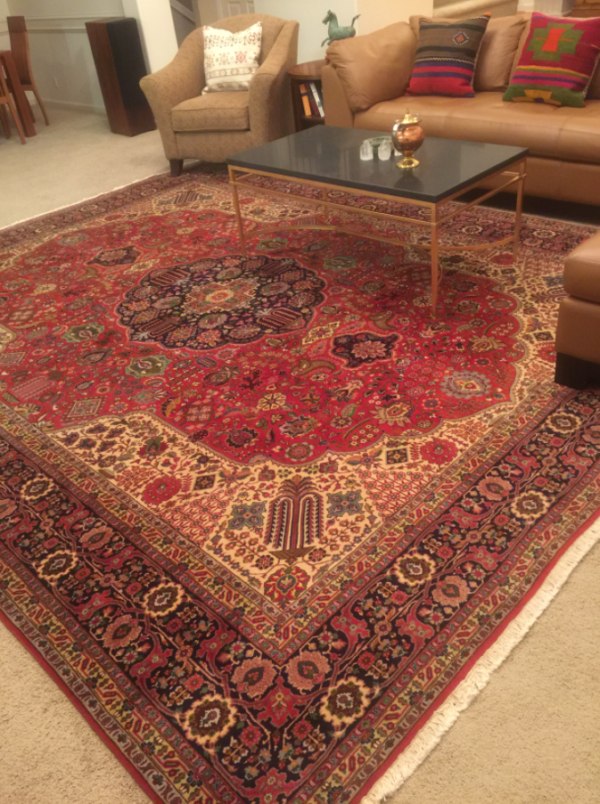
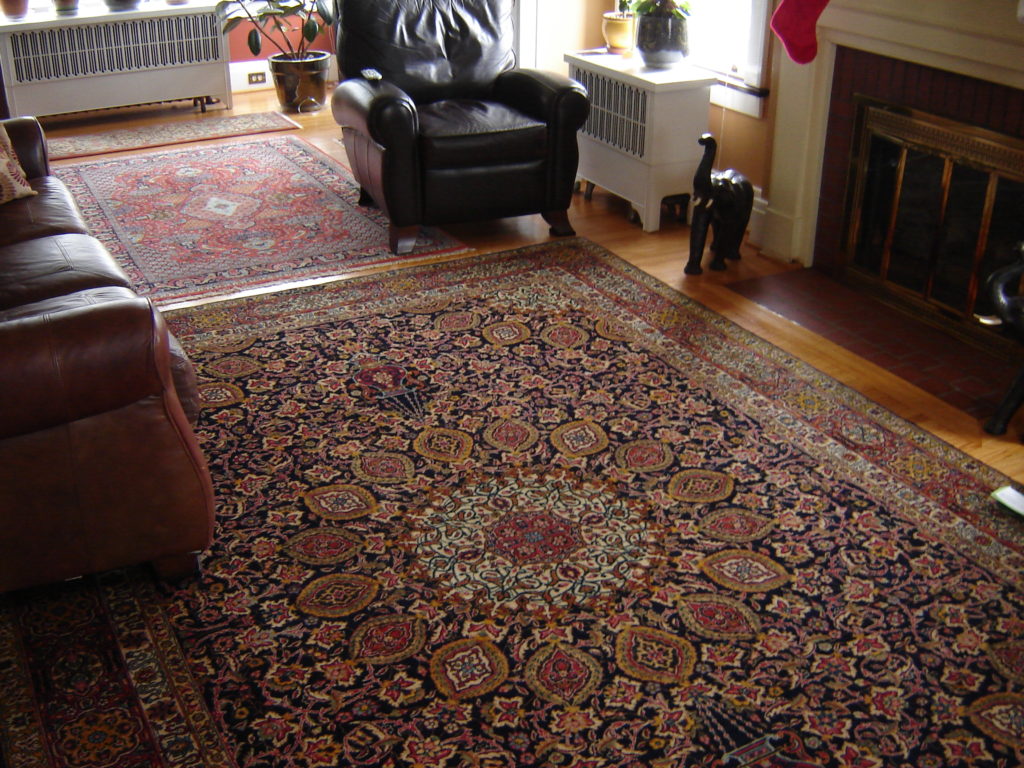
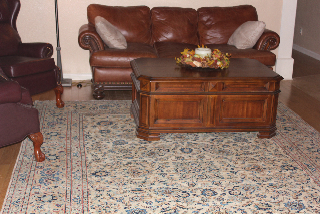
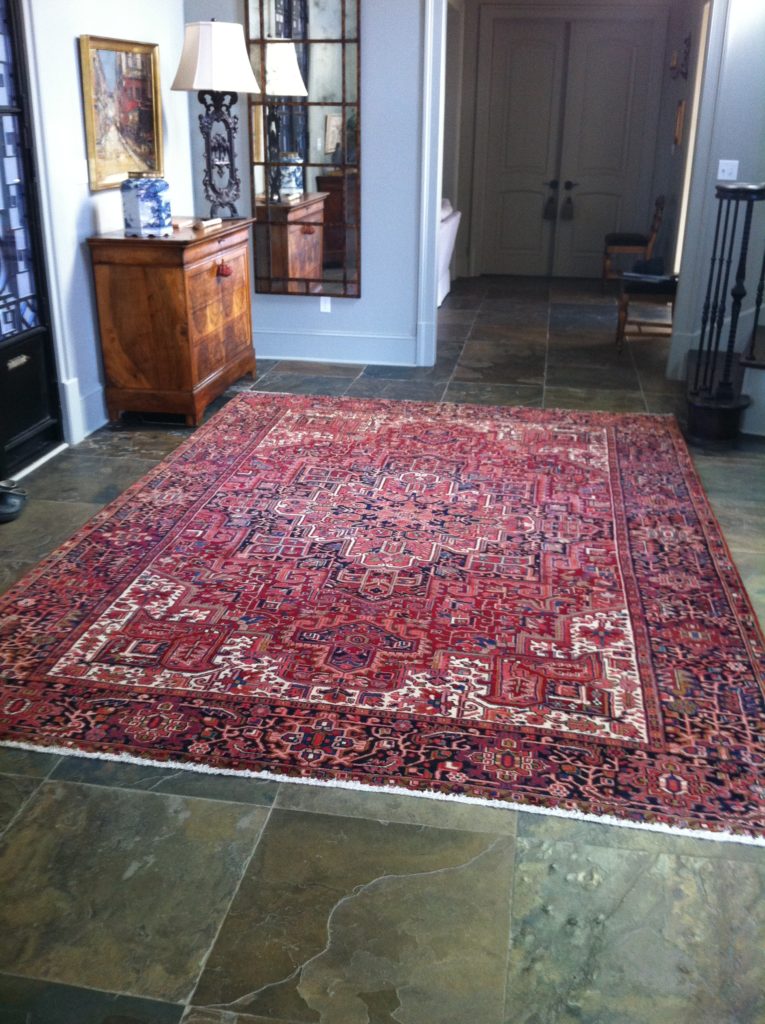
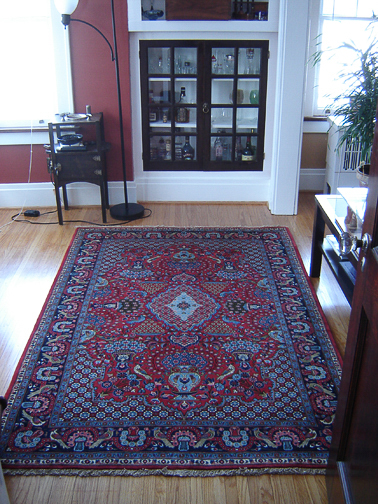
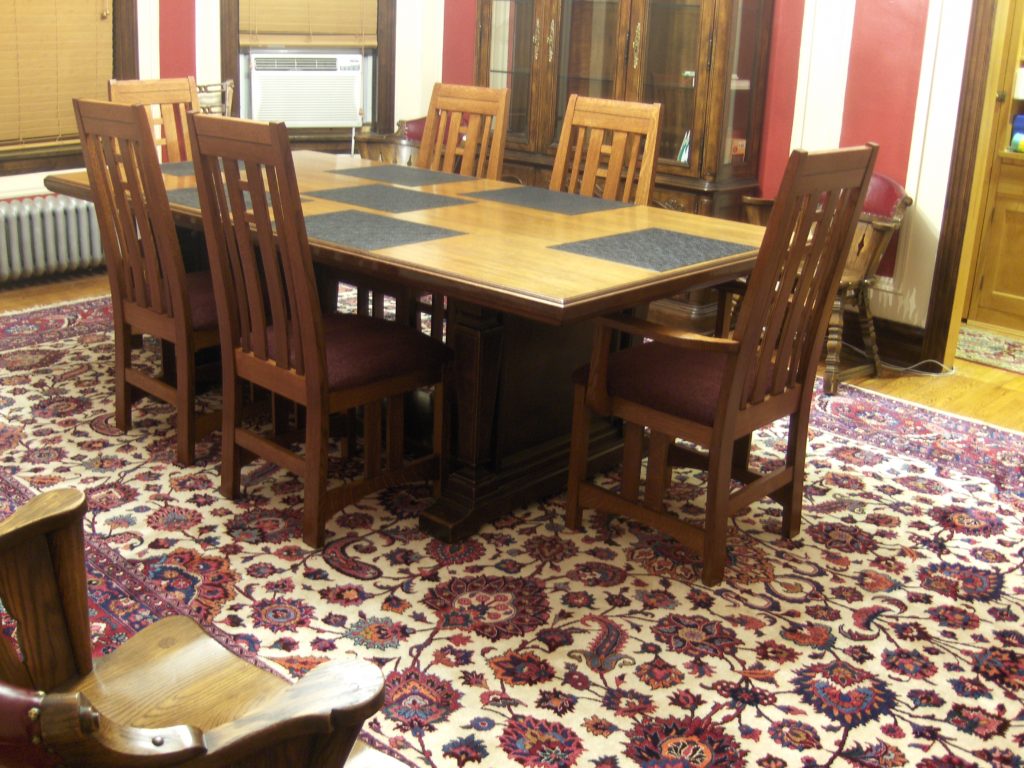
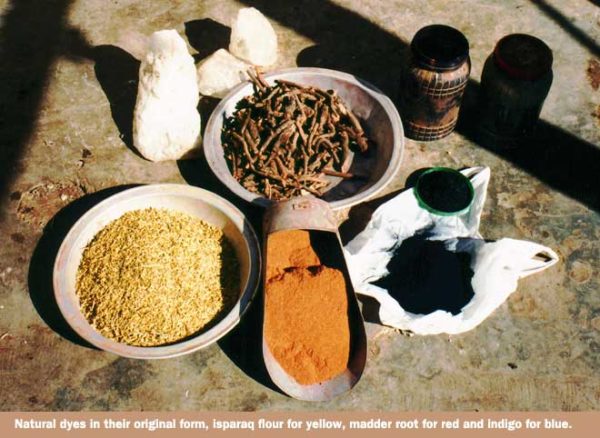
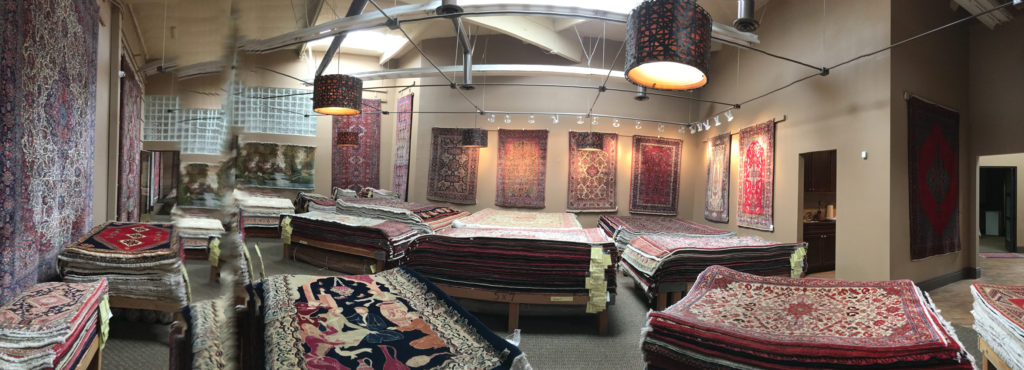
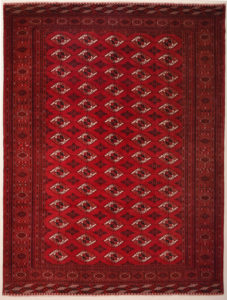
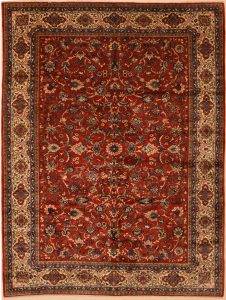
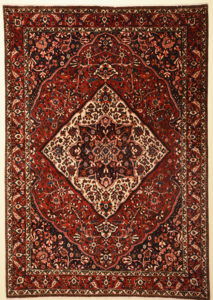
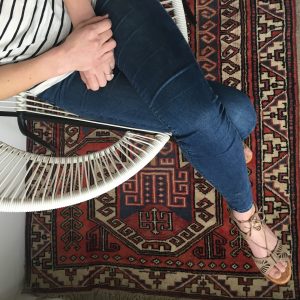

One thought on “Why Choose A Handmade Rug Over Machine Made Rugs?”
Hi Rose